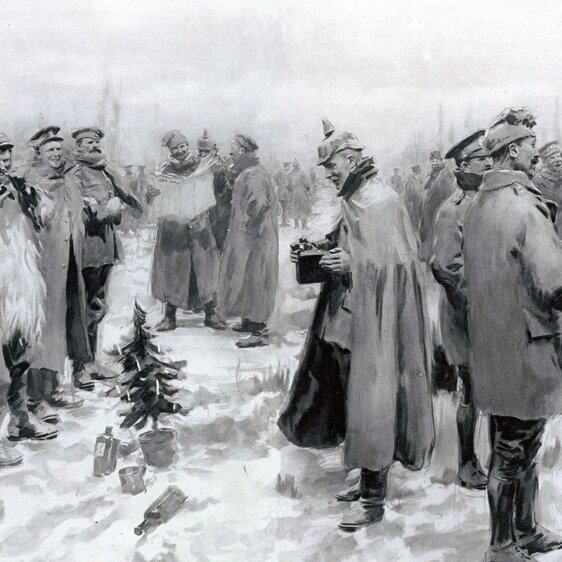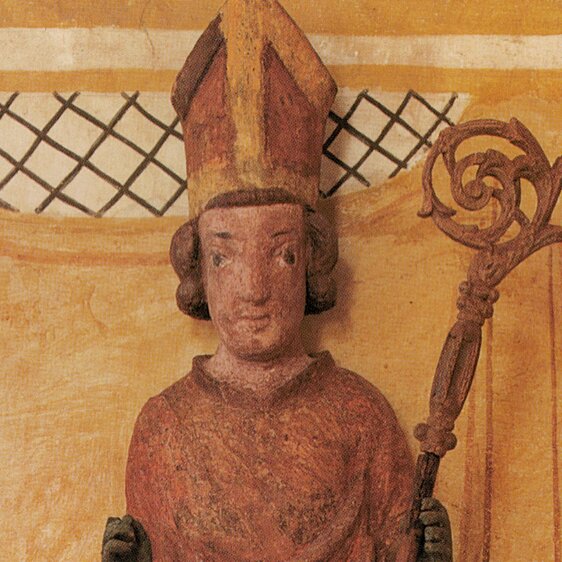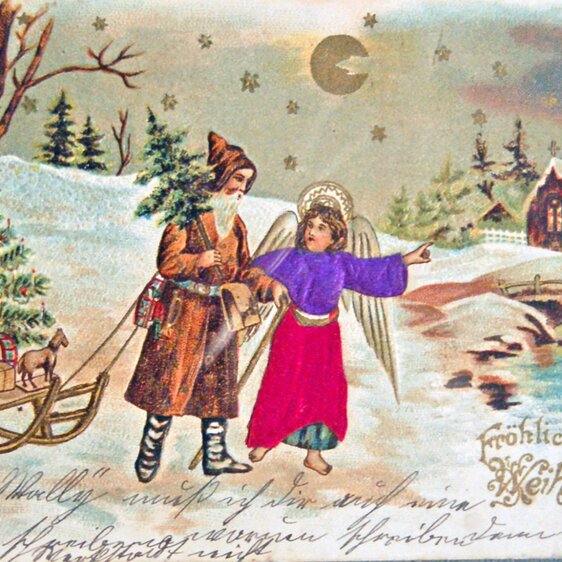The story of a Christmas carol
Alexander Rechsteiner
24. December 2018
Over 200 years ago, ‘Silent Night, Holy Night’ was performed for the first time. Thanks to its moving message and captivating melody, it is one of the world’s most popular Christmas carols.



